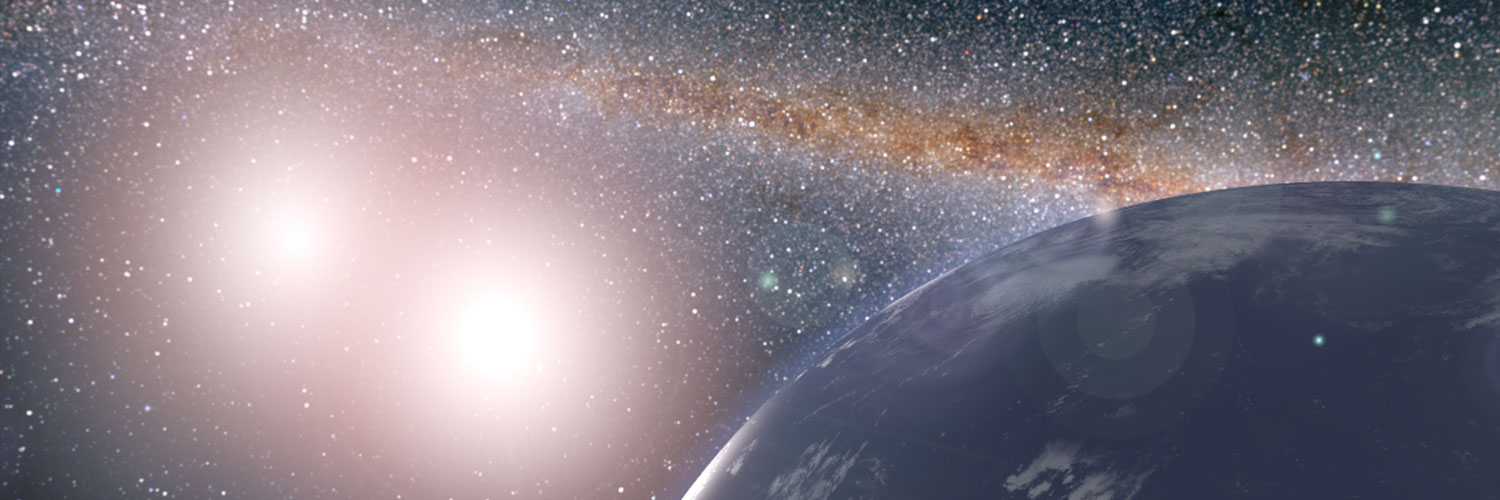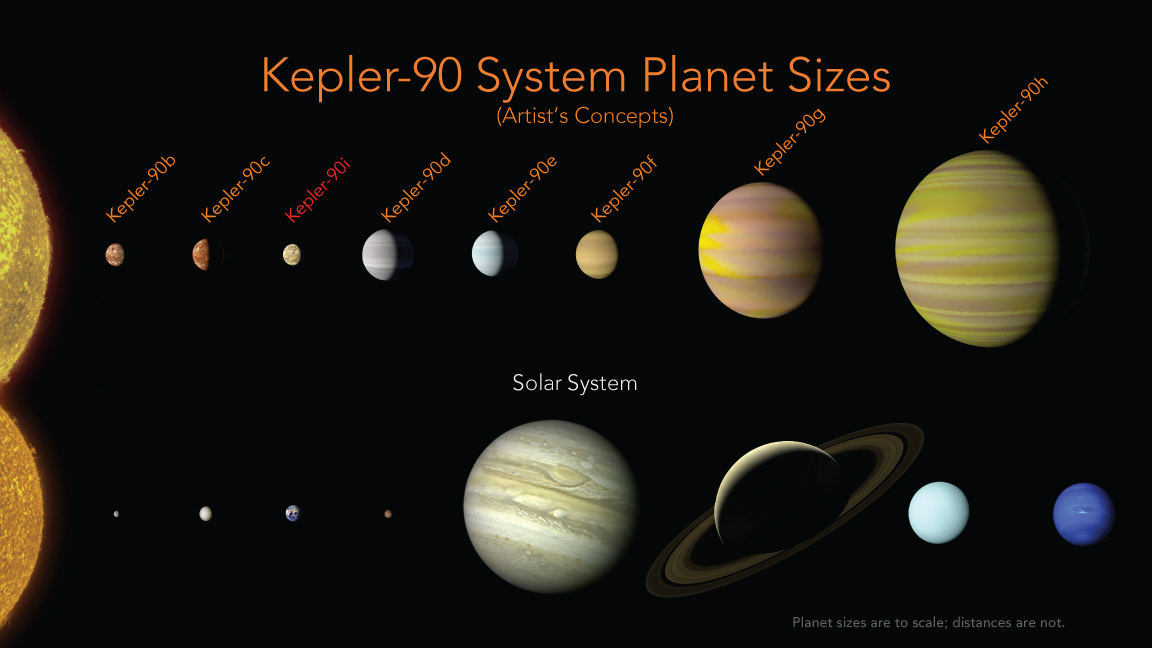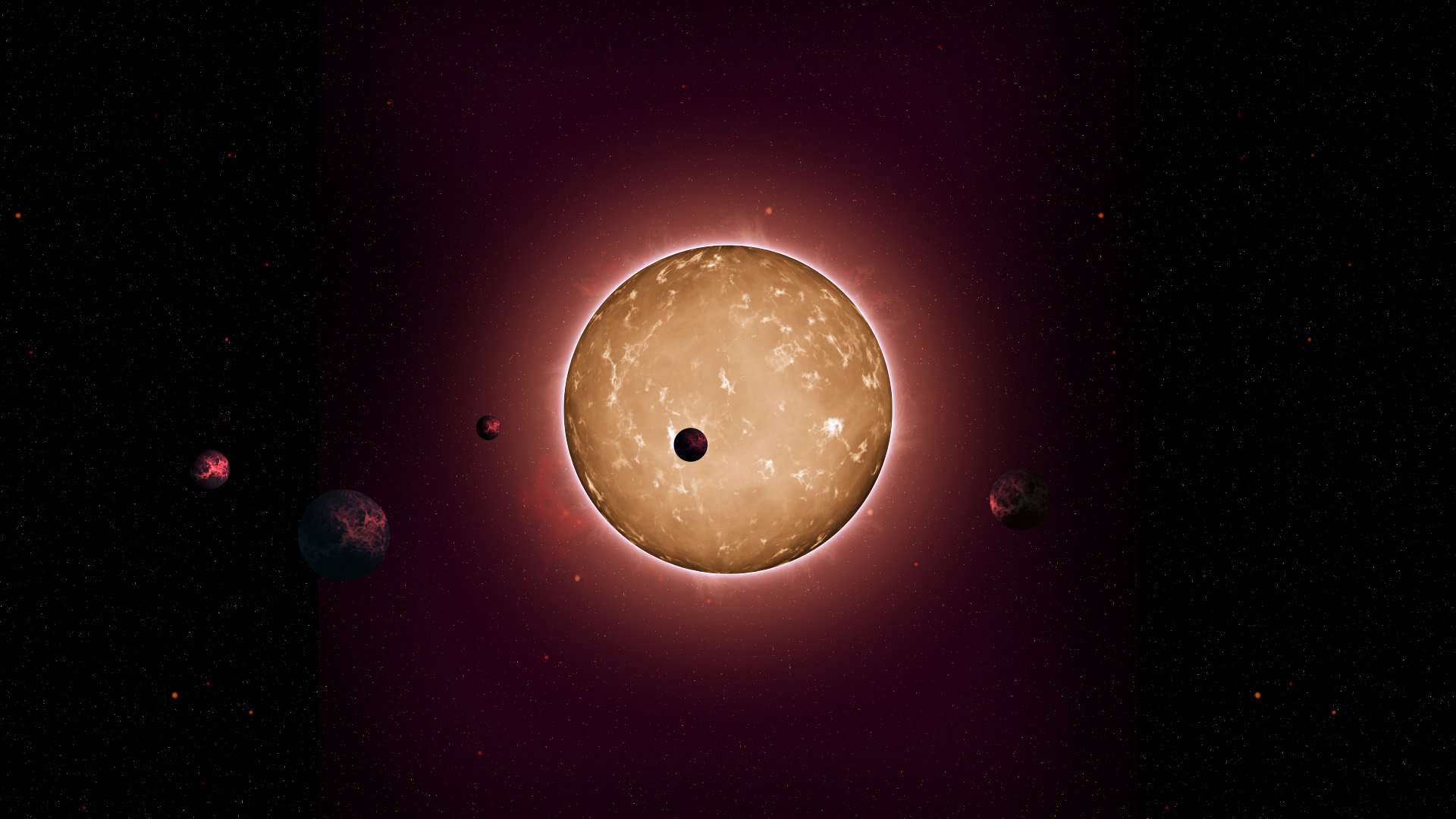New worlds by the thousands
The following was first published in 2018 as an article in the Radschläger, a quarterly magazine of the AIWCD.
I scan the news every morning. Between the usual headlines about politics and business, reports of planet discoveries have recently caught my attention. I often wonder what else might be out there, but that’s not the reason why these reports are intriguing. It’s because their sheer number lately has overcome my planetary skepticism. See, if you’re from my generation, you most likely memorized 9 planets orbiting our sun. Then, you had the Solar-System-rug pulled out from underneath you as astronomy authorities downgraded Pluto to “not really a planet”. And then, you didn’t know where to look as astronomers went back and forth about the existence of a 9th (another one) or even a 10th planet somewhere beyond Neptune (which I think we know for sure is a planet). As resident of a seemingly erratic Milky Way, I had been taking my space news with a grain of salt. But in the last few years something changed. I had to look into it.
This recent spike in discoveries is of planets outside of our Solar System. These so-called exoplanets are popping up across the interstellar map from a quest to catalog the universe and find celestial bodies that might support life. Astronomers discovered the first exoplanet around a star like our sun in 1995. Confirmed discoveries accumulated after that, always a little faster but never more than about 150 exoplanets per year. Then, in 2014, NASA (National Aeronautics and Space Administration) announced in a single press release the confirmed discovery of 715 exoplanets, and in 2016, it announced another 1,235! In fact, as of October 2017, the total confirmed planet count according to the NASA Exoplanet Archive is a whopping 3,545 planets. In an astronomical blink of an eye, we went from not really knowing who shares our own orbital real estate to speculating about thousands of neighbors light years away. Where have I been?
Now, you might think this number is not surprising. After all, the universe is full of planets. True. But the thing is, planets are hard to see. Compared to stars, they are tiny, dark and cold. A confirmed discovery means that there is evidence of existence, so astronomers are picking up something that says "planet". Let me put things in perspective. A particularly celebrated discovery came in December 2017. An 8th planet found revolving around the star Kepler-90 made that star system rival to our own Solar System in terms of planet number (if we just hadn’t downgraded Pluto).
Kepler-90 is 2,545 light years away. So, how do astronomers know that Kepler-90i, the logical yet unimaginative name of this new exoplanet, is actually there? I mean, at that distance all they could possibly see is a speck of light, and that light would be the star, not the planet. What signal can astronomers possibly measure that would not be overwhelmed by the light of Kepler-90? They know Kepler-90i is there because when it moves in front of Kepler-90, it blocks the light and decreases the brightness of that star ever so slightly. Measuring this dip in brightness – known as the transit method – astronomers see how large a planet is (the bigger the planet, the larger the dip) and they calculate the orbit of the planet. A planet that is further away from its star takes longer to pass in front of it and creates a longer transit event. Welcome to astronomy, where minute changes across gargantuan distances are all the rage.
The transit method accounts for nearly 2,800 confirmed planet discoveries, 2,512 of which were made in the vast databases transmitted from a space telescope called Kepler. Kepler was launched in 2009 with the sole purpose of finding exoplanets by photographing a fixed view of roughly 150,000 stars every 30 minutes. Over the 4 years of its main mission, Kepler generated 14 billion data points. Reviewing those data to find dips in brightness has been a monumental task, and even volunteers have made their contribution (and discoveries) by reviewing Kepler data through the Planet Hunters citizen science program. This is why so many discoveries have been announced in bulk and a few years after Kepler ended its original mission in 2013. Insights from these data are far from complete. Kepler-90i mentioned above was a particularly interesting discovery because it was made by a computer. A Google analyst had a computer scan through 15,000 signals of potential planets and learn how to identify them with 96% accuracy. The computer found Kepler-90i and a second planet among signals that had been overlooked by NASA scientists and volunteer planet hunters.
There are other methods to find exoplanets, like radial velocity. The gravitational pull of a planet causes the star it circles to wobble as it also rotates. The effect of this wobble is that the star’s light shifts into the blue range when the star is slightly closer to us, and then into the red range when it wobbles further away. This oscillation in color is a telltale sign that a star has planets, and astronomers can discern from these data how many and how big they are. A smaller proportion of discoveries have been made by radial velocity, but it is often used to confirm planetary findings made by other methods.
Common to the transit and radial velocity methods is that they detect the presence of a planet by how it affects what we see from a star. It is also possible to image exoplanets directly, though this is relatively new. Just over 40 planets have been discovered by direct imaging, the first in 2008. Key to being able to “see” exoplanets is to dim or block out the light from its neighboring star, sort of like using your hand to block out sun glare. Direct imaging will become more popular as powerful new telescopes, like the James Webb Space Telescope (see below), deliver images that reveal features of a planet’s surface. For now, exoplanet images are highly pixilated specks of light, but these also carry information. For example, light filtered through a planet’s atmosphere changes color so scientists can get a first idea of the atmosphere's composition by looking at light spectra. Also, a researcher at the University of California Riverside is working on deciphering information from images consisting of a handful of pixels. He systematically compresses high-resolution images of Earth to one or a few pixels and has been able to work out patterns in how the pixels change over time that match up with Earth’s rotation. He hopes to apply what he learns from Earth to better characterize imaged exoplanets.
In terms of future discoveries, things are about to get very exciting. A telescope to replace Kepler is planned for launch in March of 2018. The Transiting Exoplanet Survey Satellite, or TESS, is predicted to find 20,000 exoplanet candidates – suspects that require confirmation – in 2 years. By comparison, 4 years of Kepler data revealed slightly over 5,000 exoplanet candidates. And in spring 2019, the James Webb Space Telescope (JWST) will be ready for launch. This behemoth telescope, first conceived in 1996, will unfold its 6.5-meter primary mirror and tennis court-sized sunshield once it’s positioned roughly 1.5 million kilometers away from Earth. Because it can capture images outside of our atmosphere and will be kept at –220°C, JWST will beam back infrared images of unprecedented resolution to study the atmosphere of exoplanets and the formation of the first galaxies and star systems.
I, for one, will be paying attention this time.
Interested in reading more?
James Webb Space Telescope
www.jwst.nasa.gov
5 ways to find a planet
www.exoplanets.nasa.gov
New Kepler exoplanet discovery fueled by AI
www.wired.com
Planet Hunters
www.planethunters.org
Our living planet shapes the search for life beyond Earth
www.jpl.nasa.gov
All images from the U.S. National Aeronautics and Space Administration (NASA)



